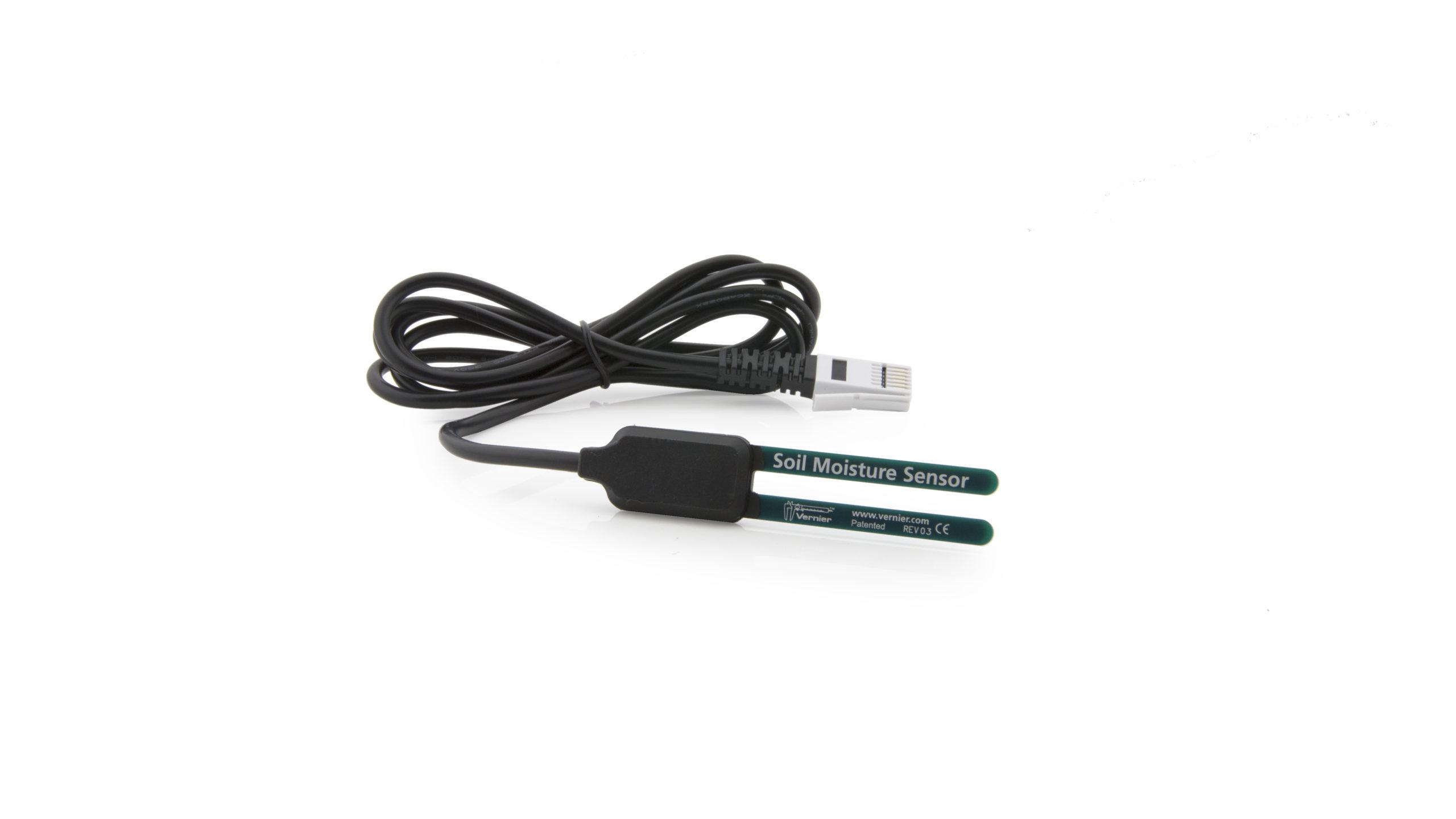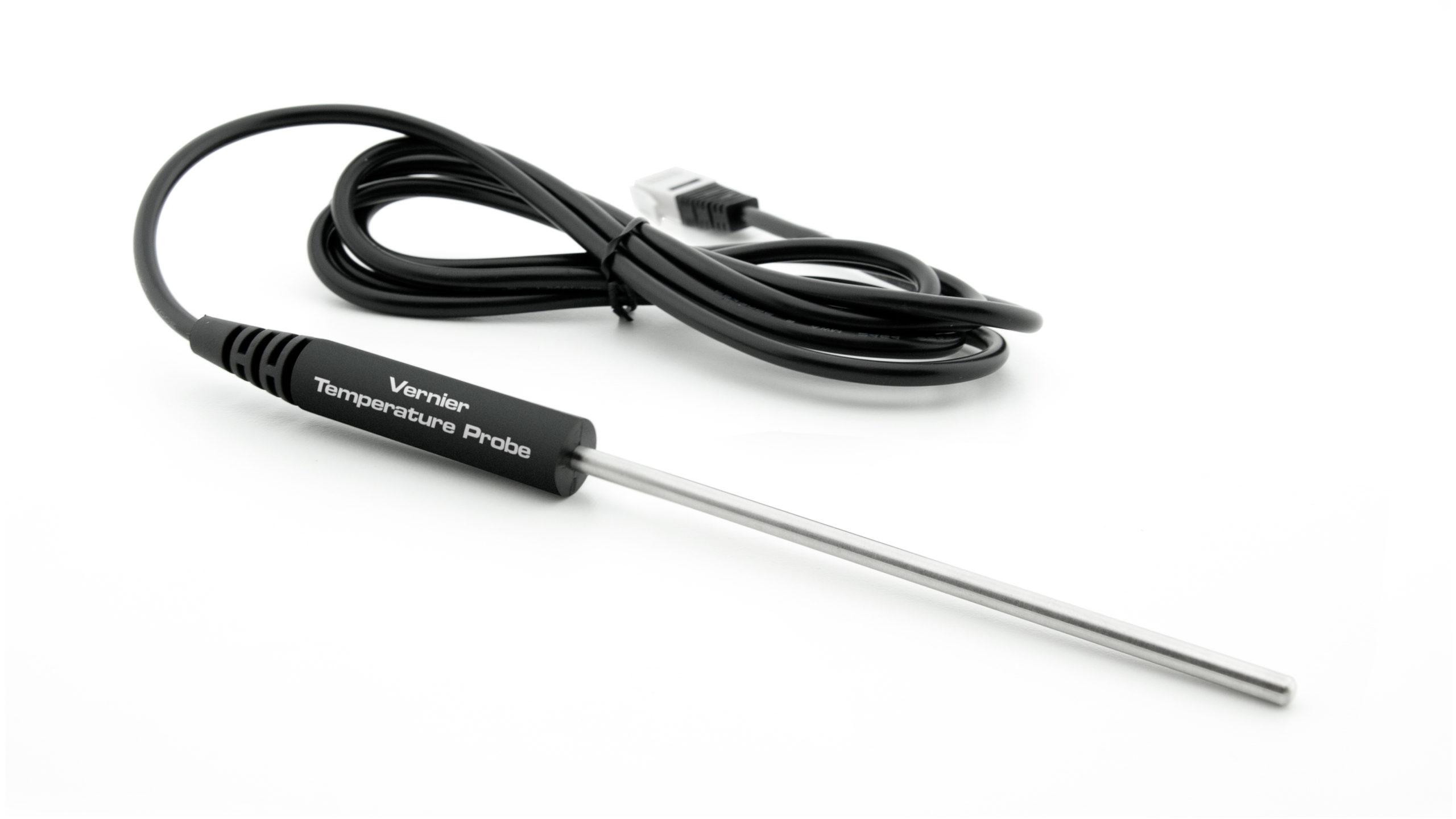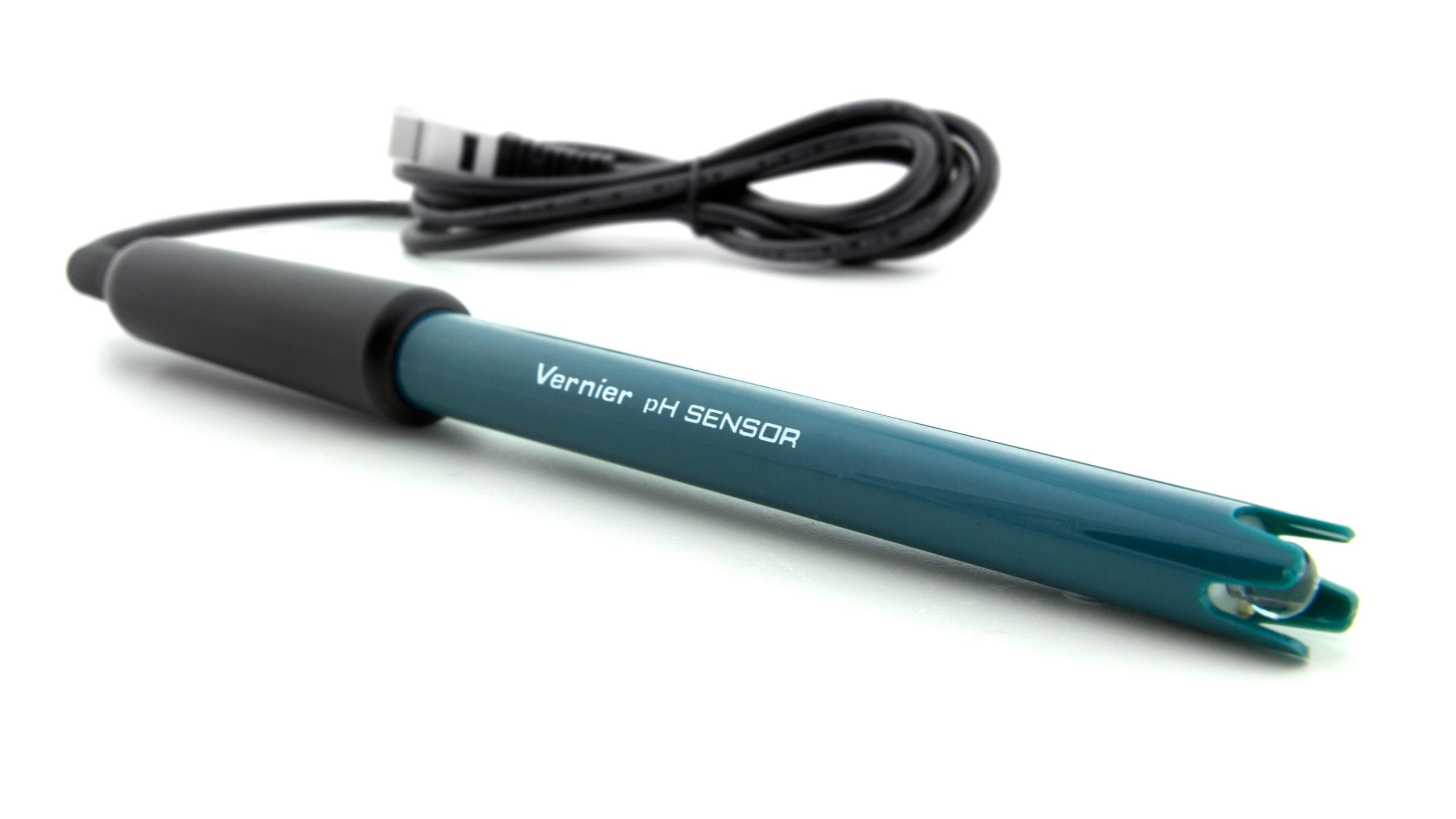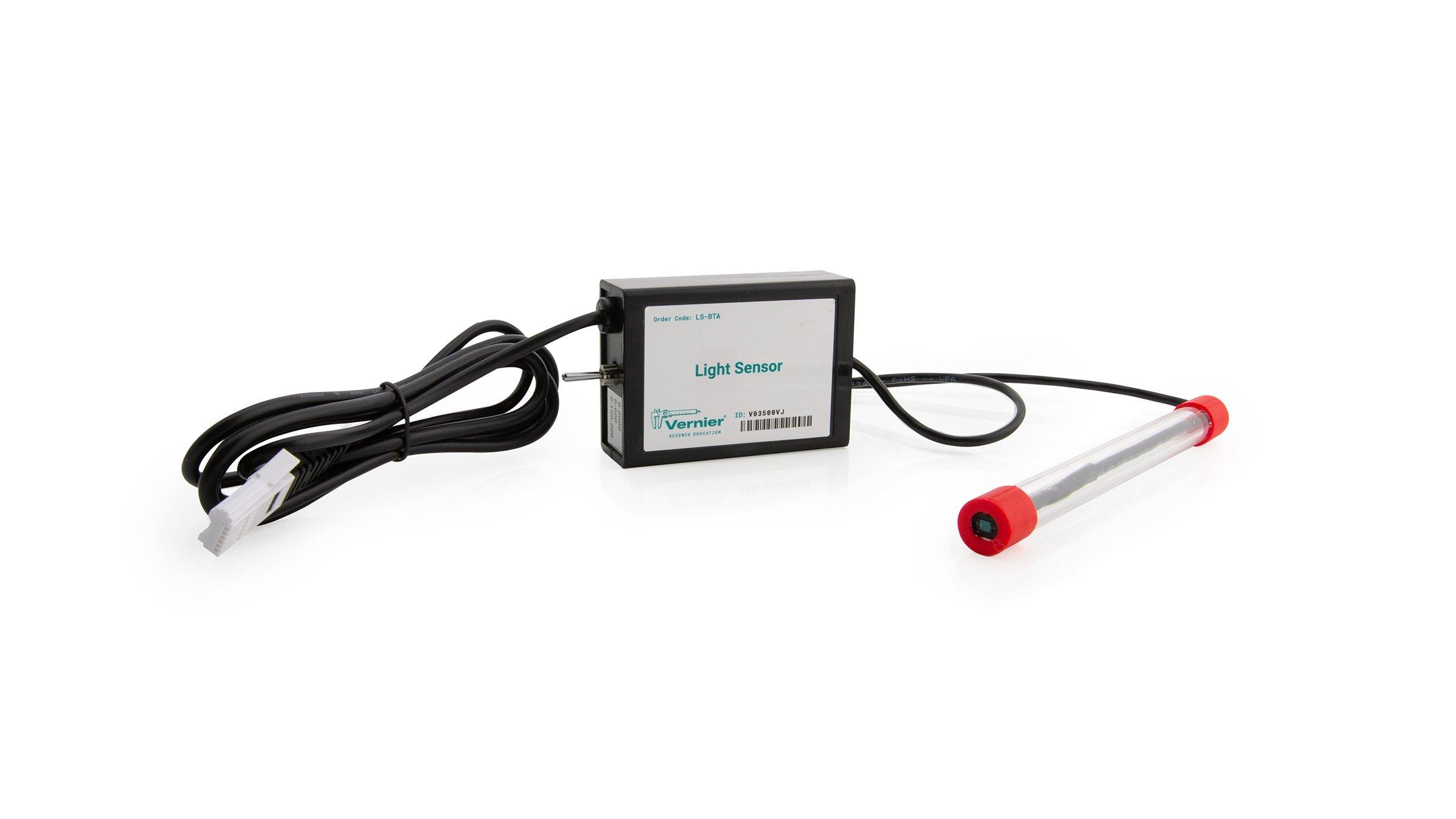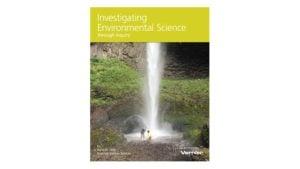Ecocolumn Investigations
Experiment #19 from Investigating Environmental Science through Inquiry
- Subject
- Environmental Science
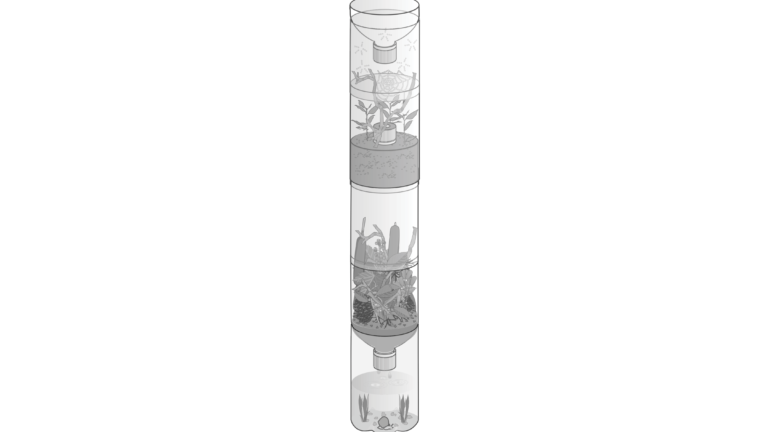
Introduction
An ecosystem can be defined as a community of organisms along with their physical environment. An Ecocolumn is a model of an ecosystem on a small scale, and generally includes a terrestrial habitat, with a compost unit, and an aquatic habitat.
Many ecosystem concepts can be investigated using an Ecocolumn and probeware. Conductivity Probes, CO2 Gas Sensors, Light Probes, Relative Humidity Sensors, Soil Moisture Sensors, Temperature Probes, and other sensors can be used to collect meaningful data.
Objectives
In the Preliminary Activity, you will gain experience using a Soil Moisture Sensor and learn soil moisture measuring technique as you determine the volumetric soil water content of a soil sample.
After completing the Preliminary Activity, you will first use reference sources to find out more about ecosystem concepts before you choose and investigate a researchable question dealing with ecosystems. Some topics to consider in your reference search are:
Sensors and Equipment
This experiment features the following sensors and equipment. Additional equipment may be required.
Correlations
Teaching to an educational standard? This experiment supports the standards below.
- International Baccalaureate (IB) 2025/Biology
- C4.2.1—Ecosystems as open systems in which both energy and matter can enter and exit
- C4.2.2—Sunlight as the principal source of energy that sustains most ecosystems
- C4.2.3—Flow of chemical energy through food chains
- C4.2.15—Primary production as accumulation of carbon compounds in biomass by autotrophs
Ready to Experiment?
Ask an Expert
Get answers to your questions about how to teach this experiment with our support team.
- Call toll-free: 888-837-6437
- Chat with Us
- Email support@vernier.com
Purchase the Lab Book
This experiment is #19 of Investigating Environmental Science through Inquiry. The experiment in the book includes student instructions as well as instructor information for set up, helpful hints, and sample graphs and data.

